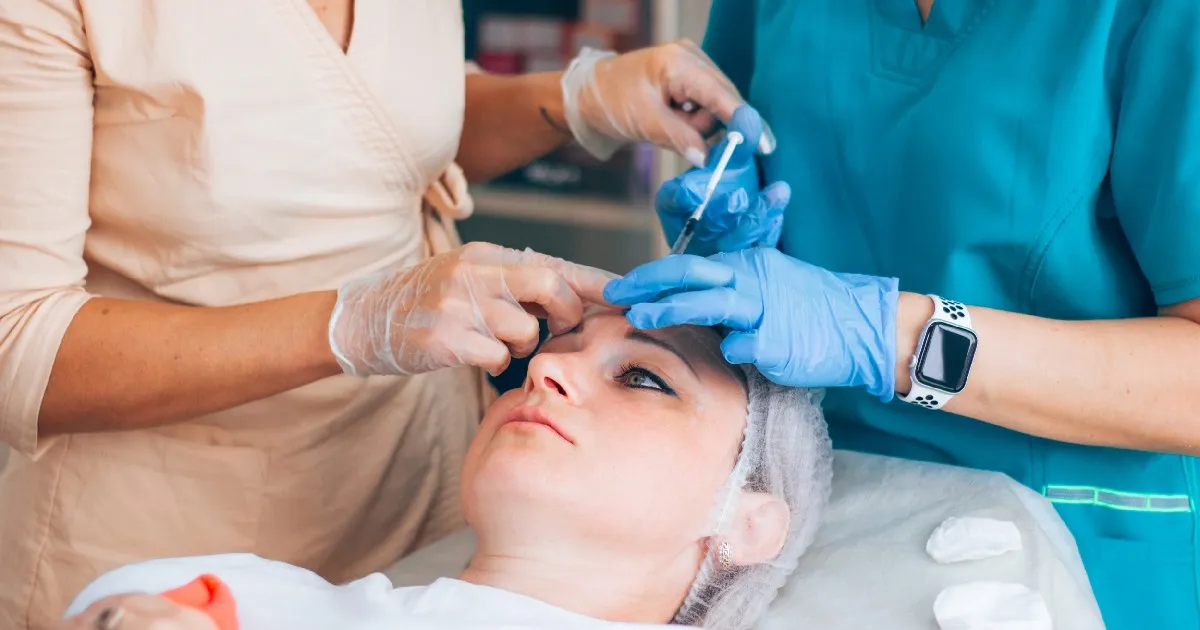Dermal fillers have become a staple in cosmetic enhancement, allowing individuals to smooth out wrinkles, plump up areas of lost volume, and sculpt facial features without resorting to invasive surgery. With this rise in popularity, the demand for precision and the ability to correct unsatisfactory results has also increased. Enter Hylenex, a hyaluronidase-based solution known for reversing the effects of hyaluronic acid fillers. While the promise of an undo button for cosmetic procedures is appealing, it raises questions about the scope and limitations of such treatments. Can Hylenex indeed dissolve all types of fillers, or are its capabilities more nuanced?
What is Hylenex?
Hylenex is a brand name for a medical product that contains the active ingredient hyaluronidase. Hyaluronidase is an enzyme that disintegrates hyaluronic acid, a naturally occurring molecule in the body that supplies volume and hydration to the skin. In cosmetic procedures, hyaluronic acid is often used as a primary component in many dermal fillers, which are injected beneath the skin to revive volume, smooth wrinkles, and enhance facial features.
Introducing Hylenex into the cosmetic and medical field addresses the need for a solution to reverse or modify the effects of hyaluronic acid-based fillers. In situations where a patient may be dissatisfied with the results of a filler procedure or experience complications, Hylenex can be administered to dissolve the filler and return the treated area to its pre-injection state. It acts by targeting and breaking down the hyaluronic acid molecules, allowing the body to absorb and eliminate them naturally.
While Hylenex offers a safety net for those seeking non-permanent modifications, it’s essential to understand its composition, mechanism of action, and the scope of its applications.
Understanding Dermal Fillers
Dermal fillers are formulas injected beneath the skin to enhance facial contours, smooth lines, and restore volume. They are a cornerstone of non-surgical cosmetic treatments, offering patients a less intrusive alternative than traditional plastic surgery. The fillers come in various forms, each designed to address specific concerns and areas of the face.
The most common type of dermal filler is based on hyaluronic acid (HA), a substance that naturally occurs in the skin and is known for retaining moisture. HA fillers are popular due to their natural look and feel, as well as their compatibility with the human body, which minimizes the risk of adverse reactions.
Other fillers may use synthetic materials, such as calcium hydroxylapatite, poly-L-lactic acid, or polymethylmethacrylate beads. These substances are designed to last longer than HA fillers and are often used for deeper lines and volume restoration.
The Filler Reversal Process
When a patient is dissatisfied with the results of a filler injection, whether due to the appearance, asymmetry, overfilling, or an adverse reaction, a qualified practitioner can administer hyaluronidase to the affected area, hyaluronidase breaks down the hyaluronic acid chains within the filler, accelerating the natural breakdown and absorption by the body.
The amount of hyaluronidase used and the technique of administration depend on several factors, including the type and amount of filler that was initially injected, the area of the face being treated, and the desired level of reversal. Some patients may see results immediately, while others may require multiple sessions to achieve the full reversal effect.
Safety is a critical consideration in the filler reversal process. While hyaluronidase is generally well-tolerated, as with any medical procedure, there are potential risks and side effects. These can include swelling, bruising, and, in rare cases, allergic reactions.
Efficacy of Hylenex in Dissolving Fillers
Hylenex, as a recombinant human hyaluronidase, is adept at breaking down HA, the most common substance used in dermal fillers. The enzyme facilitates the dispersion and absorption of injected HA, effectively accelerating the natural degradation process that would otherwise take months or even years to complete.
When Hylenex is administered, it targets the cross-linked HA gel of the filler, breaking it down into smaller particles that the body can absorb and eliminate. This process is beneficial in cases where the filler needs to be removed due to complications such as overfilling, asymmetry, lumps, or the rare occurrence of vascular occlusion, where the filler inadvertently impedes blood flow.
The success of Hylenex in dissolving HA fillers can vary depending on several factors. The concentration of the enzyme, the amount of filler present, the type of HA filler used, and the individual’s response to the enzyme all play a role in the outcome.
While Hylenex is effective against HA-based fillers, it does not have the same dissolving effect on other fillers, such as those made from calcium hydroxylapatite, poly-L-lactic acid, or polymethyl methacrylate. These non-HA fillers are not responsive to hyaluronidase and require different management strategies if reversal is desired.
When To Expect Results
Typically, the action of Hylenex is relatively rapid, with the HA filler beginning to dissolve within hours and, in some cases, even within minutes after the enzyme is administered. The speed at which changes become noticeable will depend on the type of HA filler used, as different fillers have varying degrees of cross-linking, which affects their stability and longevity.
Fillers that are lightly cross-linked tend to break down more quickly, often resulting in immediate visible changes. However, more robustly cross-linked fillers, designed for longevity and structural support, may resist rapid dissolution and could require multiple vials of Hylenex or several sessions to achieve the desired effect. The denser the cross-linking, the more resistant the filler is to the enzyme’s activity.
Additionally, the response to Hylenex can be influenced by how long the filler has been in the body. Fillers present for an extended period may have partially integrated with the body’s tissues, making them more challenging to dissolve completely.
In cases where nodules or granulomas have formed—a rare but possible complication of HA fillers—the treatment may be more complex. These issues often require a more aggressive approach, potentially involving higher doses of Hylenex and more than one treatment session to achieve satisfactory results.
Takeaway
Ready to embrace your natural beauty with confidence? Eastside Aesthetics by Lena is here to guide you on your journey. Whether you’re looking to refine your look with dermal fillers or considering a change with filler reversal, our expert team provides personalized care that aligns with your vision. Connect with us today to schedule your appointment and take the first step towards a refreshed, radiant you. Your aesthetic goals are within reach at Eastside Aesthetics – where your beauty and well-being are our top priority.







